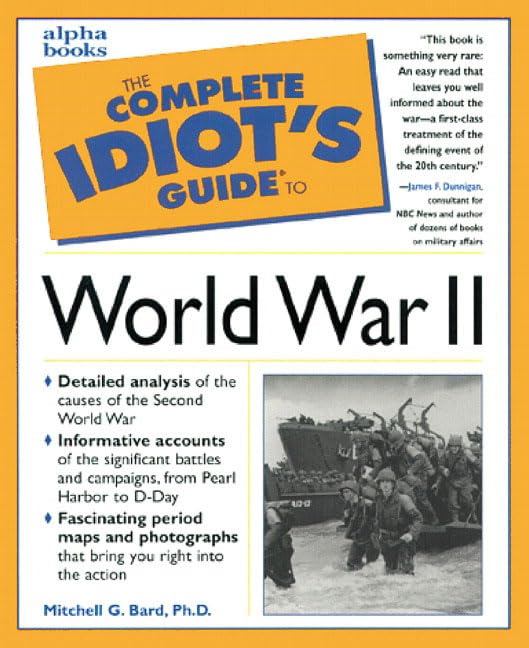Ancient Warfare and Classical Military Tactics
Ancient civilizations laid the foundation for modern military strategy through innovative battlefield formations, siege warfare techniques, and logistical systems. The Roman legions perfected disciplined infantry tactics, while Greek city-states developed the devastating phalanx formation that dominated Mediterranean warfare for centuries.
The strategic brilliance of commanders like Alexander the Great and Hannibal demonstrated how superior tactics could overcome numerical disadvantages. Their campaigns across vast territories showcased the importance of adaptability, intelligence gathering, and maintaining supply lines in hostile territory.
Ancient Chinese military philosophy, particularly Sun Tzu's "The Art of War," emphasized psychological warfare, deception, and winning without fighting when possible. These concepts revolutionized strategic thinking and remain influential in modern military doctrine and business strategy.




